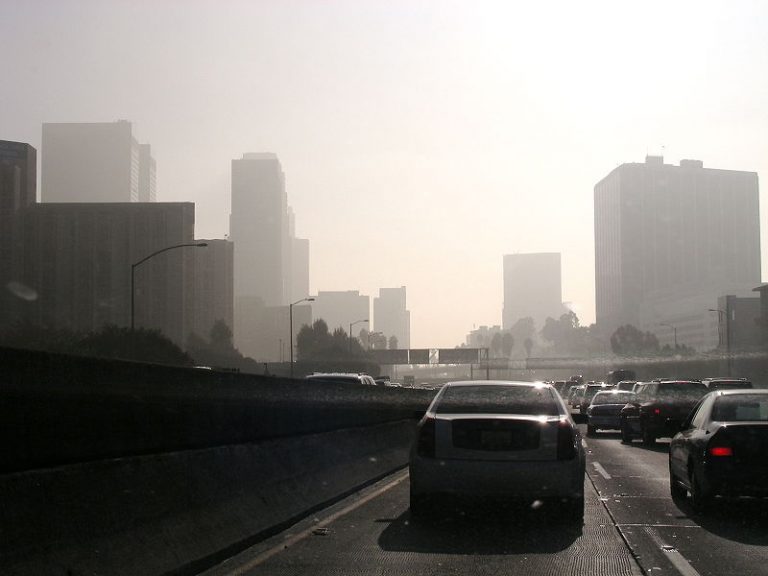Published on May 12, 2021

Air pollution from fine particulate matter—extremely small bits of material like soot that can enter the nose and throat while breathing—can have deadly health consequences. One 2019 study of 4.5 million U.S. veterans estimated that nearly 200,000 people, of whom a disproportionate number were Black, died of causes associated with fine particulate matter (also known as PM2.5) exposure. Although particulate matter pollution in the U.S. has gone down overall, unequal exposures have not, and systemic racism continues to guide who does and does not get to breathe clean air.
Researchers and impacted communities have known for a long time that these disparities, rooted in discriminatory housing policies and other drivers, exist. A new study, published on April 28 in the journal Science Advances, aimed to tease out which emission sources—ranging from industrial pollution to agriculture and road dust—are the most relevant drivers of racial and ethnic PM2.5 exposure disparities across the US.
“We were hoping we would be able to say, these are the main source types that are contributing to environmental injustice,” says lead author Christopher Tessum, an assistant professor in environmental engineering at the University of Illinois at Urbana-Champaign—which could then potentially provide points of focus for driving down those exposures. But that’s not what they found.
Instead, says coauthor Julian Marshall, a professor of civil and environmental engineering at the University of Washington, the study found that most known sources of PM2.5 contribute to unequal exposure. The study concluded that emissions sources that disproportionately harm people of color are “pervasive throughout society.”
This is important because it highlights that unequal exposures to PM2.5 aren’t driven by a single source, but are systemic, wrote Ana Diez Roux, an epidemiologist at Drexel University who was not involved in the study, in an email to Popular Science. “We can’t fix this by addressing sources one at a time, we need to think about how inequities and racism affect exposures to all these sources simultaneously.”
The study found that most types of emissions—which the authors divided into sectors like industrial emissions, heavy-duty vehicles, and construction emissions—lead to above-average PM2.5 exposures for people of color. White people experienced below-average exposures, except from agriculture and coal-related emissions. Black people were found to face above-average concentrations of PM2.5 from all emissions sectors, including agriculture and coal. The authors also found, as other research has shown, that racial disparities cut across socioeconomic status.
The study’s conclusions, the authors note, are limited by some data uncertainties, and Tessum also noted that locations of residence are not the only place where people face exposures. Anjum Hajat, an assistant professor of epidemiology at the University of Washington who was not involved in the research, says the study’s conclusions were somewhat conservative. “The better air quality enjoyed by white populations is clearly achievable, so comparing POC directly to them, instead of the population average, would have shown how much further we have to go to close these gaps.”
Continue reading at Popular Science.
Originally written by Ellie Schechet for Popular Science.